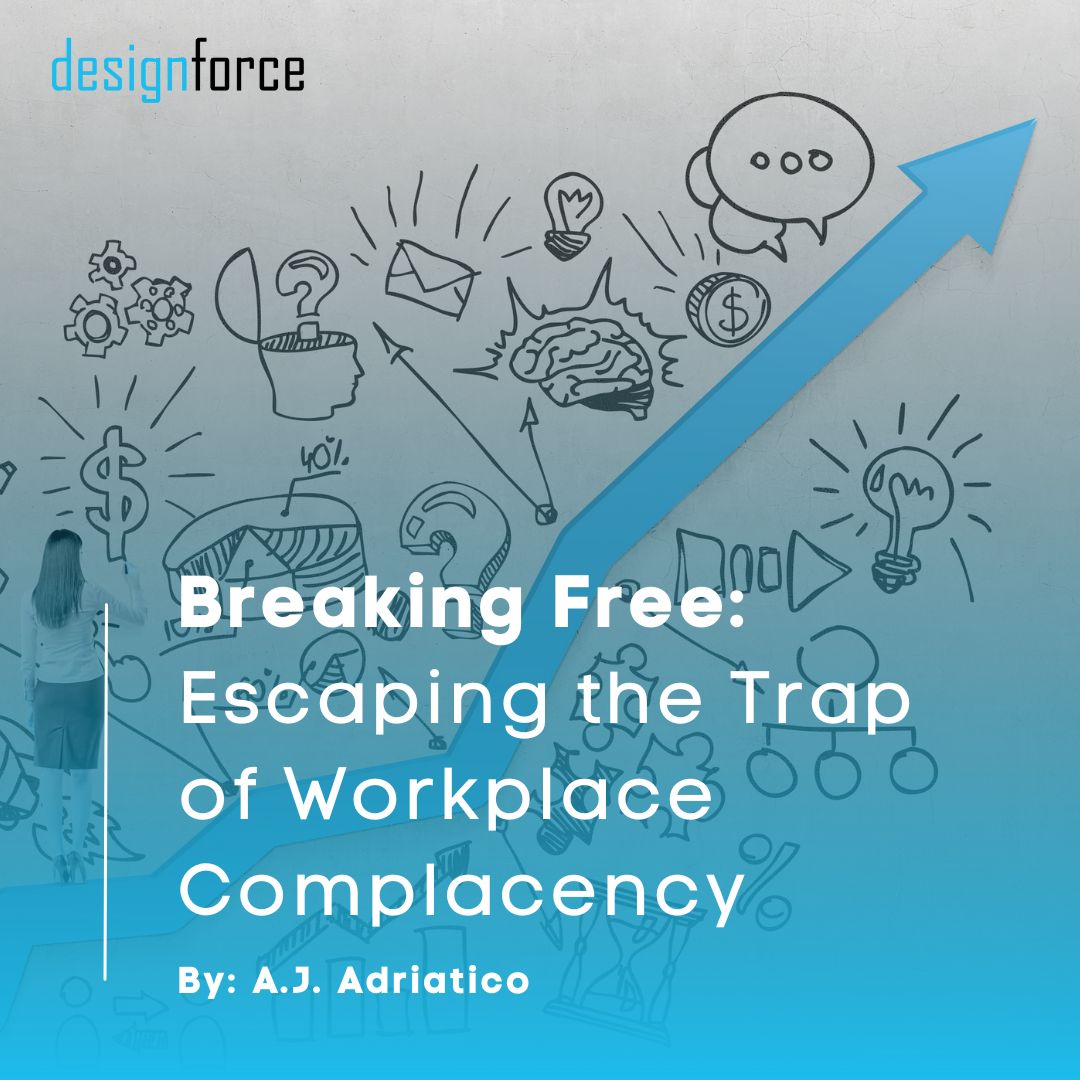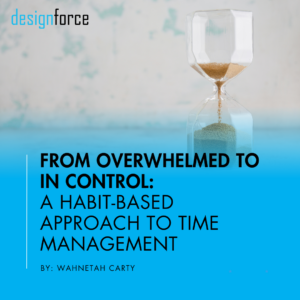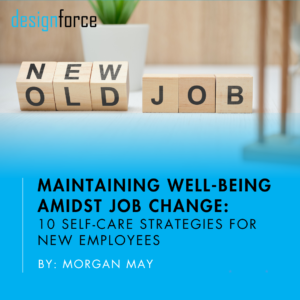Starting a career whether it’s straight out of college or an industry transition can be very exciting. Having new avenues to explore, knowledge to accrue, and relationships to build within the workplace and the new environment often lights a spark that I’m sure many of us can relate to. However, often, we start to feel that passion and enthusiasm dwindle. Whether it’s because we are doing the same redundant tasks or getting too comfortable with the routine, workplace complacency can become an issue in our careers and personal lives.
Like many, I wasn’t immune to this sentiment. I came out of college ready to take on the workforce fueled with enthusiasm. However, after a while, I started questioning whether what I was doing had meaning in the grand scheme of things and whether it allowed me to grow as an individual. Writing about this topic is very personal to me because from experience, I understand how feelings of discontent in such a large aspect of our lives (work) can impact the rest.
To really understand what causes workplace complacency, it’s important to identify some underlying symptoms that we might not be aware of. It can take a lot of self-awareness, which requires a level of intentionality and reflection that may not be common or comfortable for many AEC professionals. But once the origins of these feelings are identified, we’re already halfway through the process of bettering our situations both at work and at home. Workplace complacency can manifest in different ways. Some of these include:
- Disengagement:
- The lack of enthusiasm for one’s role or project can lead to a decrease in productivity, effective communication, and an increase in apathy.
- Taking Shortcuts:
- Not being intentional when conducting tasks, and cutting corners, which leads to poor quality of work.
- Loss of Passion:
- The decrease in excitement that professionals get from the results being put out, which used to motivate them when they first started. A good way to gauge where you are, and your feelings towards your role is to conduct a “laptop test”. When you walk into the office, settle into your desk, and open your laptop, do you get the feeling of excitement or dread?
- Isolation:
- Feelings of complacency can cause professionals to be less inclined to participate in team bonding or collaborative workplace scenarios.
It can be concerning to recognize that you’re exhibiting some of the signs of complacency, but awareness is a powerful thing. Recognizing your sense of complacency is the first step in getting you back on track on the journey toward career fulfillment. Here are some tips that may help professionals navigate workplace complacency:
- Creating a “Values List”:
- The “Values List” or “Values Ideation Exercise” can help professionals dig deeper into what their motivators are and what aspects of their career and company are most important to them. These can vary from work-life balance, company culture, project diversity, or management style. This exercise challenges you to zoom out, evaluate your career holistically, and identify those top ten values that contribute the most to your professional fulfillment. I know identifying ten may sound challenging, but that is the purpose.
- When I did my value list, I thought that it was an easy task up until I got to the halfway point. Running out of values to write down forced me to pause, take a step back, ask my friends and family for their input, and discover some additional insights about my motivators that weren’t front of mind.
- Setting a Goal:
- After completing a values list and after you’ve gained some new realizations as to what you truly value in your career, the next step would be to set goals to get closer to what you want in your career or current situation. It’s good to have short-term and long-term goals, breaking it down in a digestible and manageable way to stay consistent.
- For example, you determine that working in sustainability is a top value and it aligns with your macro goals of being an expert in sustainable infrastructure. Some micro goals to take into consideration would be sharing your long-term goals with your PM to see if there are any projects and opportunities that would provide great exposure into sustainability. Other micro-goals may include attending networking events at USGBC to build connections with like-minded individuals or conducting research into which certifications would be beneficial for your professional flight path.
- Communicate with your supervisor:
- Bringing up concerns and talking to your supervisors can be intimidating. However, managers are there as a resource to help you thrive not only in your current role but also in your overall professional career. Communicating goals you’ve set for yourself allows your supervisor to better support you in your needs. Transparency can be a productive tool as it can allow for opportunities or support that you never thought were available.
- Having a “Third Place”
- Work life balance is important to avoid complacency. The same principle applies with how work can affect our personal lives, what we do after we leave the office can easily affect our overall attitude. A third place can be somewhere we regularly spend our time at other than at home and at work. Having a reliable, fulfilling third place in our lives not only builds a sense of community, but also can keep us feeling connected to other passions that we may feel we are losing. It also breaks the routine that we have unintentionally placed ourselves in which is one of the main reasons why people fall into workplace complacency.
- Some examples include a place where you can take classes to hone your skills and hobbies, community meet ups such as a book club or a running club, or the gym.
Recognizing complacency in the workplace is no easy feat. Overcoming it and establishing new habits can be an even greater challenge. However, as humans, we spend most of our lives at work; it is critical that we find a path to professional fulfillment for overall well-being. It’s not just a professional obligation; it’s a personal one. The journey to success, both personally and professionally, begins with a determination to break free from the hold of complacency.
References:
How to Draw a Map to a More Fulfilling Career (jason.energy)
Work and your health – Better Health Channel
One third of your life is spent at work – Gettysburg College
What Is Job Dissatisfaction? | BambooHR
Complacency Definition & Meaning – Merriam-Webster
How to Overcome Complacency in the Workplace – LifeHack
Workplace Complacency: Definition, Causes & Solutions (teambuilding.com)
Associations:

Related Posts
Let's learn together.
Stay inspired and in the know on all things A|E|C.
Sign up for our monthly newsletter.










